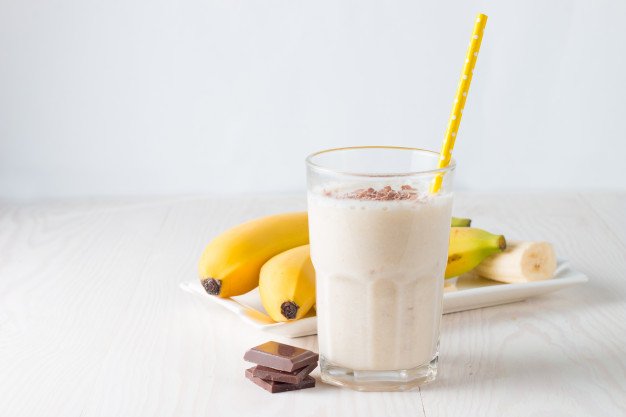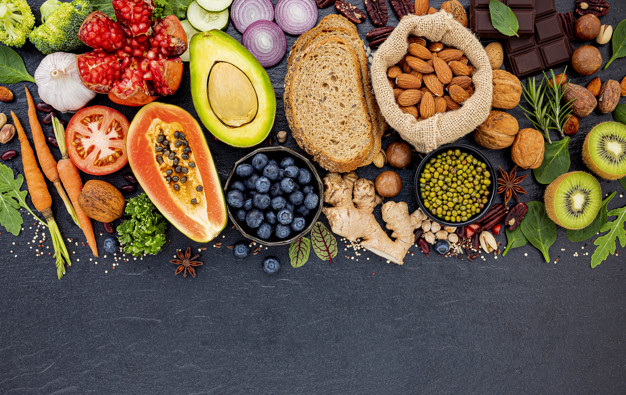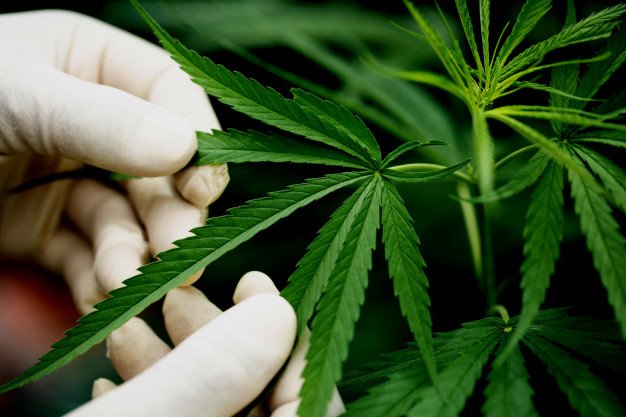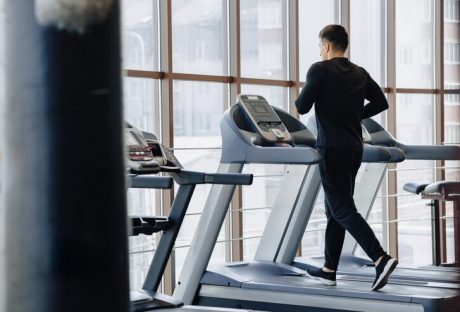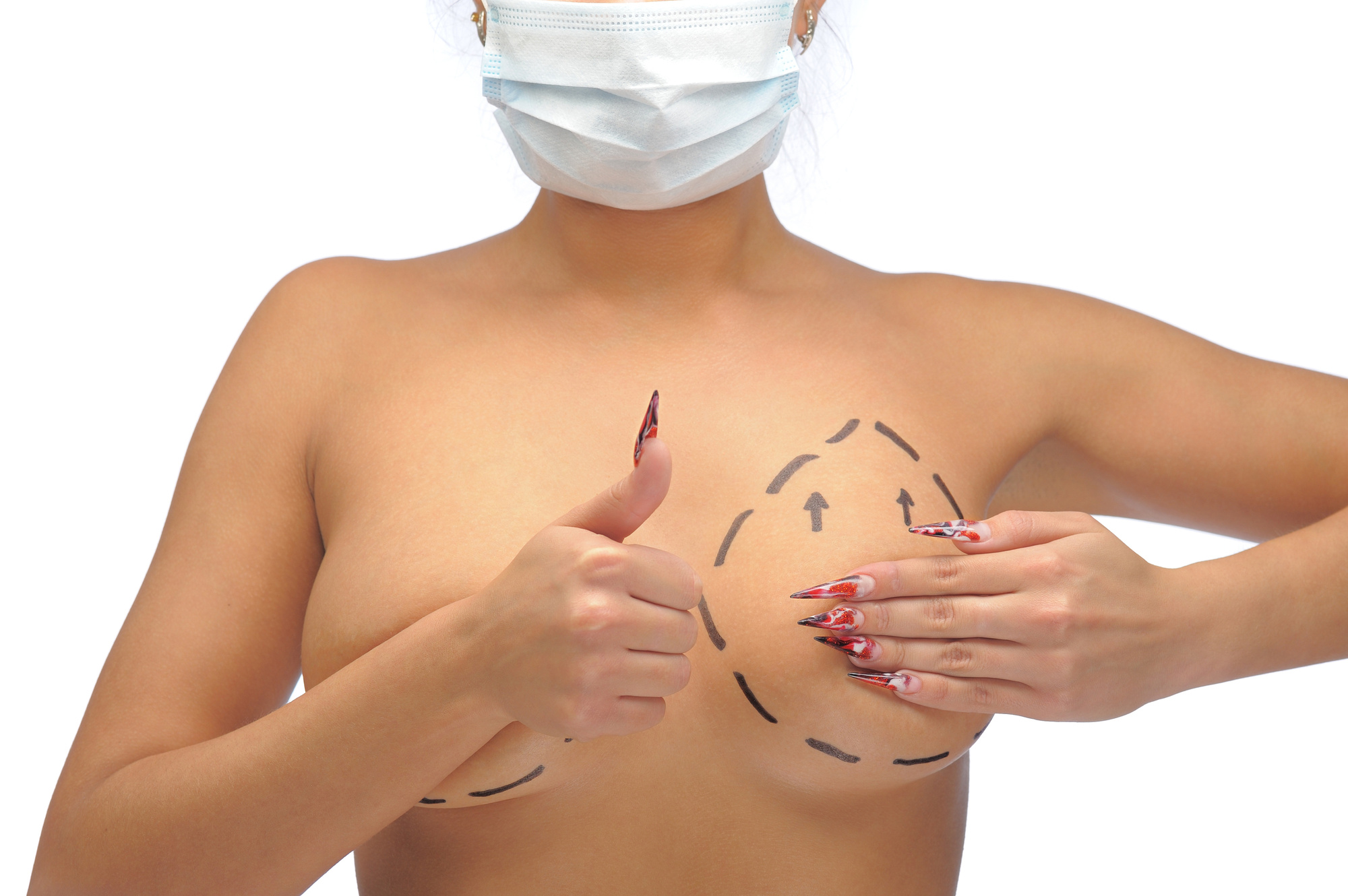People with diabetes should pay a lot of attention to their diet. According to the latest studies, the right meal plan can help reverse Type 2 diabetes and lead a healthy life. If you have been recently diagnosed with this condition, you should ask your doctor to provide you with medical supplies and create a healthy eating plan that can help you lose weight and keep it off.
Your daily diet should include whole grains, legumes, fruits, vegetables, and heart-healthy fats such as tuna, avocado, salmon, seeds, and nuts. Also, you should always eat breakfast since it can help boost your metabolism and reduce the risk of craving later in the day. According to experts, breakfast also helps to keep your body energized and improve concentration.
If you struggle with diabetes at the moment, you should avoid eating foods high in sugar for breakfast. So, french toast, corn flakes, and pancakes should not be on your menu in the morning.
Below you can find the list with easy breakfast ideas that can keep your healthy and energetic:
Easy Breakfast Ideas for Type 2 Diabetes:
Healthy shake:
You can blend plain nonfat yogurt (or one cup of fat-free milk) with blueberries, bananas and strawberries, some nuts, wheat germ, and ice. You can also drink this healthy shake during the day so that you will not feel hungry.
Scrambled eggs:
Who wouldn’t enjoy eating scrambled eggs with toast for breakfast? People with diabetes should use a nonstick pan and cooking spray in order to cook scrambled eggs and toast the right healthy way. Also, you can add a light-butter substitute or low-fat cream cheese.
Fruit and nuts:
If you don’t have time to cook in the morning, you can eat raw almonds and low glycemic-index fruit, such as apples, peaches, berries, or an orange. Nuts and fruit that contain fiber will make you feel full.
Also, when you cook your breakfast, watch the portion size. If you feel very hungry and can’t control yourself, consider using ‘the plate method.’ To do so, you need to fill one-quarter of your plate with grain, another quarter with protein and the rest with non-starchy vegetables.
To learn more about your condition, check out the infographic below:
Read Also:














